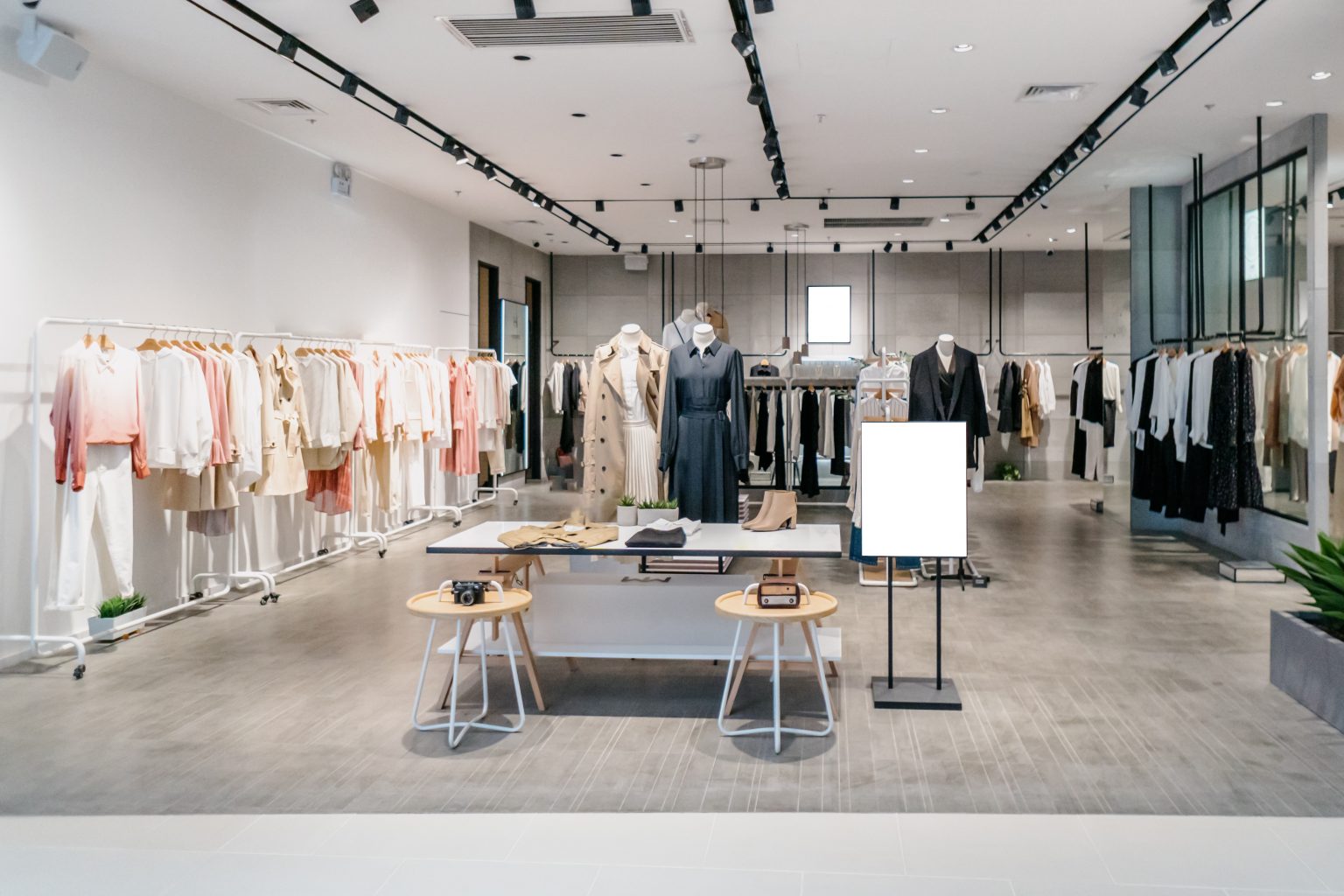In the bustling world of commercial real estate and corporate development, a fitout company in Sydney plays a pivotal role in transforming bare structural spaces into vibrant and functional environments suitable for occupation. These specialised firms bridge the gap between the architectural development of a building and its operational readiness, ensuring that the space is not just liveable but also tailor-made to meet the specific needs of its occupants.
The process of a fit-out involves a comprehensive approach to interior design and construction, adapting a raw space into a completed environment that includes electrical systems, furnishings, flooring, partitioning, and more. This transformation is crucial in various sectors including offices, retail stores, restaurants, and public institutions like schools and hospitals.
Why Fit-out Companies are Crucial
The essence of hiring a fit-out company lies in their ability to customise a space according to precise specifications. Each client has unique needs, reflecting their brand identity, functional requirements, and aesthetic preferences. For instance, a technology startup might need an open space that fosters collaboration among employees, while a law firm might require private offices conducive to confidential discussions. Fit-out specialists ensure that every element of the space’s design and functionality aligns with these needs, thereby enhancing efficiency and satisfaction among its users.
Moreover, fit-out companies bring with them expertise in optimising space utilisation. Effective space planning is vital in maximising productivity and creating a workflow that matches the occupant’s operational demands. Through innovative design solutions and strategic layout planning, these companies make even limited spaces highly functional and appealing.
Sustainable Practices in Fit-outs
In today’s eco-conscious world, sustainability is another critical aspect managed by fit-out companies. More clients now demand green solutions that minimise environmental impact. Fit-out specialists are increasingly employing sustainable materials, energy-efficient systems, and waste-reduction methods. This not only helps companies reduce their carbon footprint but also often results in lower operational costs, appealing to both eco-minded clients and budget-conscious executives.
The Fit-out Lifecycle
The lifecycle of a fit-out project typically starts with a client consultation, followed by detailed planning and design stages where every aspect of the fit-out is conceptualised. Next is the procurement phase, where materials and services are sourced. The actual construction or installation represents the core phase of the fit-out, followed by finishing touches that often include custom furniture and branding elements.
This comprehensive process requires meticulous project management to stay on time and within budget. Fit-out companies often use advanced project management tools and methodologies to track progress, manage stakeholders, and ensure the smooth execution of the fit-out plan.
Challenges Faced by Fit-outCompanies
Despite the apparent straightforwardness of the process, fit-out projects can be fraught with challenges. Unforeseen structural issues, delays in supply chains, and changes in client requirements can all impact the timeline and cost of projects. Effective communication and flexibility in operations are essential traits that enable fit-out companies to navigate these challenges successfully.
The Future of Fit-outs
Looking ahead, the fit-out industry is likely to see further innovations, particularly in the integration of technology. Smart offices that use IoT devices for better environmental control, automated lighting systems, and AI-driven space management tools are becoming increasingly popular. These technological advancements promise to make spaces not only more comfortable and efficient but also more adaptable to the evolving needs of businesses.
Summing up, a fitout company in Sydney is indispensable in making interior spaces not just habitable but optimally functional and aesthetically pleasing. Its expertise transforms the skeletal framework of buildings into dynamic, efficient environments that resonate with the people who use them every day.


